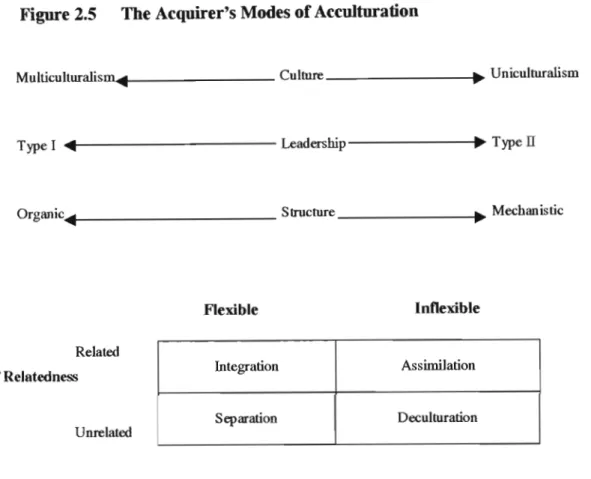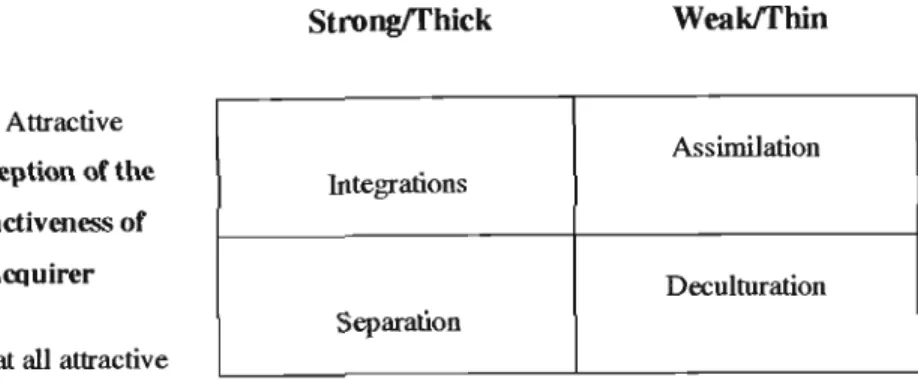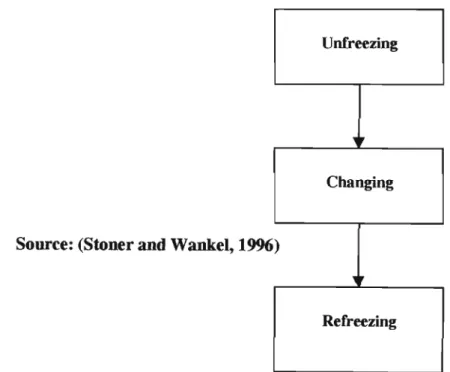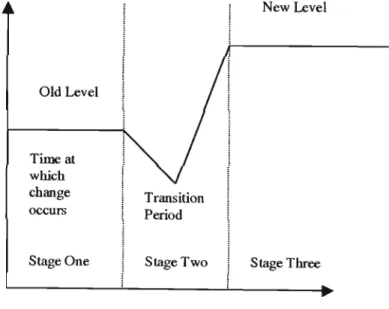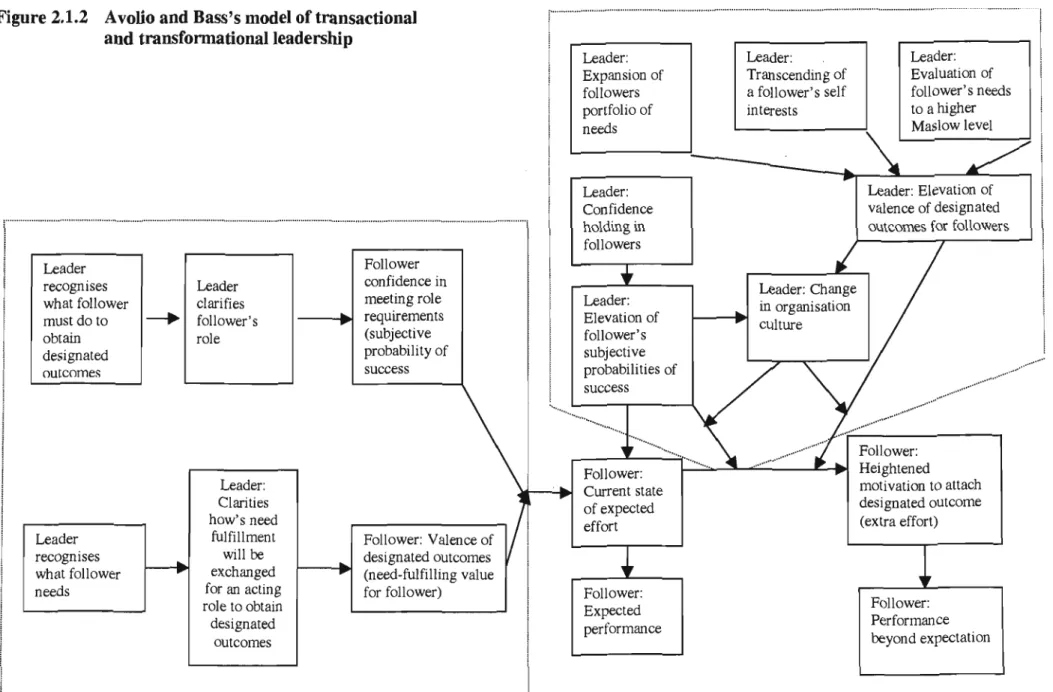The Ogilvy and Mather Group in Zimbabwe consisted of two of the oldest agencies in the country. This model will serve as the basis for analyzing the current problem of the Ogilvy and Mather Group in Zimbabwe.
Summary
This chapter will present theories of mergers and acquisitions, beginning with an overview of the main drivers and perceived benefits of mergers and acquisitions in a global context. Certain conditions in the global economic environment have encouraged many organizations to look to mergers and acquisitions as means of economic growth and viability.
Reasons for the Global Trend Towards Mergers & Acquisitions
Factors that have led to an increasing number of mergers around the world 1. Changing market conditions
The founding of the European Union and the ratification of the Maastricht Treaty were influential. Easing regulations in Europe (e.g. repeal of the Exchange Control Act) The political climate and the prevailing attitudes and policies of individual governments affect M&A activities.
Organisational Culture
Evaluation of Organisational Culture Models
Kenneth David and Harbir Singh Models
34;merger of unequals" Its limitations will be the differences in the strength of the culture and the perception of the attractiveness of the acquirer in the various units of the acquired company. As in the case of the acculturation model of the acquirer, it is therefore necessary to divide the units that are merged in order to establish the mode of acculturation.
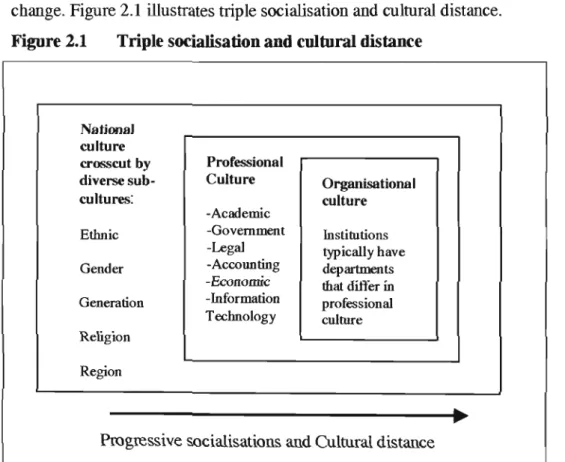
Organisational Structure
Detennioaots of Organisational Structures
Publishing success stories of the change process motivates employees to continue with the change process. An organizational steering committee of integrative change, independent of the organizational structure should guide the change process.
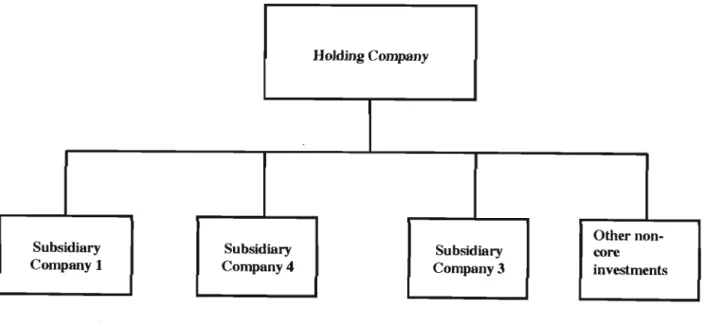
Leadership
Leadership Models
Herseyand Blanchard's Situational Leadership Theory
This style is suitable for an environment where the follower organization is much closer to the customer, the market leader. Criticisms are due to single research, as only subordinates were asked in the Multiple Leadership Questionnaire (MLQ) and the scale used had a bias in favor of transformational leadership. Matching leadership style and follower maturity according to Hersey and Blanchard's situational leadership theory enables followers to perform beyond expectations.
What the successful managers have in common, however, is that they are focused, visionary, strong and close to business operations.
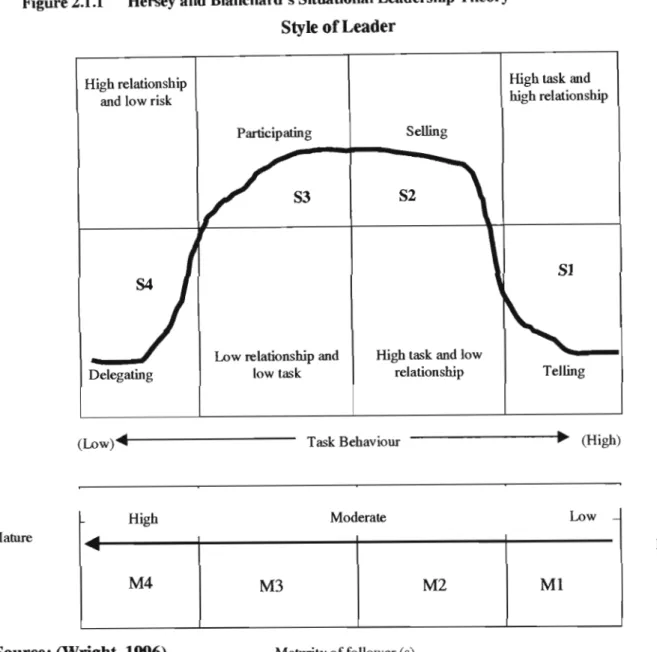
Summary
Introduction
Carron O'Donovan Hardy
Organisational Structure
The creative work was derived from the regular brainstorming sessions held at the agency. Before merger, CM&A had a chairman, vice chairman and a managing director at the board level. The Creative Director's arrival at CM & A meant that the creative department now had a mentor.
Pitching for new business and cold calling were common ways the agency expanded its business.
Organisational Culture
The systems at the agency have been established and honed through years of trial and error. Over the years, the agency has thrived from a mix of cross-section clients from every industry large and small.
Organisational Structure
The group's chairman made the announcement stressing that the merger had been undertaken to maintain Ogilvy and Mathers' dominance of the Zimbabwean advertising industry. Particular attention will be paid to the merger of the two companies at the various levels that took place. A brief mention of the current economic conditions in Zimbabwe will be included in this chapter because the impact of this on the advertising industry in general and on 0&M in particular is profound.
An evaluation of the merger will then be presented considering how effectively the group is managing the merger according to the described literature.
Research Methodology
Target Population and Sample
For the purposes of this study, the target population was defined as all people employed by one of the three advertising agencies at the time the merger was completed in September 2001. Of the 5 questionnaires that were not returned, 4 were from members originally from Barkers , who was still employed.
Questionnaire Design
Review of the Merger and the Zimbabwean Economic Environment .1 Driving Forces for the Merger
At the time of the merger, CO'DH found itself in the unenviable position of relying on one customer for 65% of its turnover. All of the agency's clients assured the shareholders of their continued support in the new venture. The working behavior of the two agencies differed so much that the failure to recognize this at management level ultimately led to the departure of the CO'DH AE.
The clients' CM&A board meeting so late in the merger did not go unnoticed by former CODH clients.
The Merger in Practice
At Barkers, one after another former CO'DH members were leaving every month from the month they arrived at Barkers. The advent of the merger was not expected to change this as 0&M employees generally. For the first time, one of CO'DH's former shareholders admitted that the merger was not the best option that Carroll O'Donovan Hardy could have pursued.
They strangely believed the answer lay in acquiring another agency despite the apparent failure of the group's management to consolidate the merger with CO'DH.
Organisational Culture
- Barker McCormak Ogilvy and Mather Pre merger
- Barker McCormack Ogilvy and Mather Post merger as answered by CO'DH employees
- Barker McCormack Ogilvy and Mather Post merger as answered by Original employees
- CM & A Pre Merger
- CM & A Post Merger as answered by CO'DH employees
- CM & A as answered by its original employees
- CO'DH Pre Merger
- How Management Should Have Addressed Organisational Culture Issues
This individual effort would result in 50% of employees feeling like contract workers and another 30% viewing their position within the agency as that of hired help. The organizational politics were also too deeply ingrained for CO'DH members to appreciate, as they were not members of any of the cliques present. This aspect of the CO'DH culture was well known to the agency's client, who knew that he could call on anyone, regardless of his or her portfolio at the agency, for any requests he had.
This preference, however, should be considered closely considering the dominance of the acquired customer's culture and its mode of acculturation.
Change Management
Someone who is committed to the success of the merger and who has empathetic views for all parties involved. 100% of respondents felt that the flow of information about the merger was not adequately handled by their superiors. None of the CO'DH employees ever challenged the union or said they weren't happy when the group's Chainnan asked them about it, but they still resigned in droves.
Embracing the new beginning, different structures should be put in place to ensure the success of the process.
Organisational Structure
During the events leading up to the merger, the CEO did not fully exercise his authority to inform all employees of details of the merger that would affect their careers. From a group point of view, there was very little interference in the day-to-day running of the agencies. From the group level, a champion for the integration of the technology should have been appointed at the time of the merger.
This would have helped to reduce certain tensions that were the cause of the different levels of technology in force in the three agencies.
Leadership
Summary
CHAPTERS
RECOMMENDATIONS AND CONCLUSION 5.1 Introduction
Organisational Culture
Cultural strengths and weaknesses should be reviewed in a positive and constructive manner only to bring key issues out into the open. The characteristics of the desired culture should be defined based on strategic vision, key goals and financial objectives and maIket positioning strategy.
Organisational Structure
Change Management
This will strengthen and clarify the focus of the organization, as well as management's involvement in the change process itself. In today's modern business environment, the process of unfreezing, changing and refreezing must be managed as a dynamic process.
Leadership
The purpose of this section is to illustrate that there is more to growth strategies than mergers and acquisitions. Cost reduction only saves money but does not build business ~ therefore customer loyalty and retention and integrated business unit strategies in a post-merger environment are central to developing sustainable competitive growth strategies. There is strong anecdotal evidence that many customers, particularly retail and small business customers, become disenchanted after a merger as service charges increase, service is disrupted and a shift in strategy occurs, marginalizing them (Milligan, 1998).
This chapter will detail two growth strategy models, critical success factors for growth strategies, economic value added (EVA), and the balanced scorecard. BSC) as performance measures and an overview of growth strategies in the service industry.
Growth Strategy/Growth Capability Model
Most of the sales force needs to be freed from administrative activities so that they can concentrate on sales. Sales and marketing personnel should stop this opportunity to take advantage of the "free advertising". Because it is cheaper to retain a customer than to acquire a new one, it stands to reason that communication with older customers to achieve profitable customer loyalty and retention should be paramount in the early stages of the merger.
Product prioritization should be followed by a comprehensive Strengths, Weaknesses, Opportunities and Threats (SWOT) analysis of key competitors.
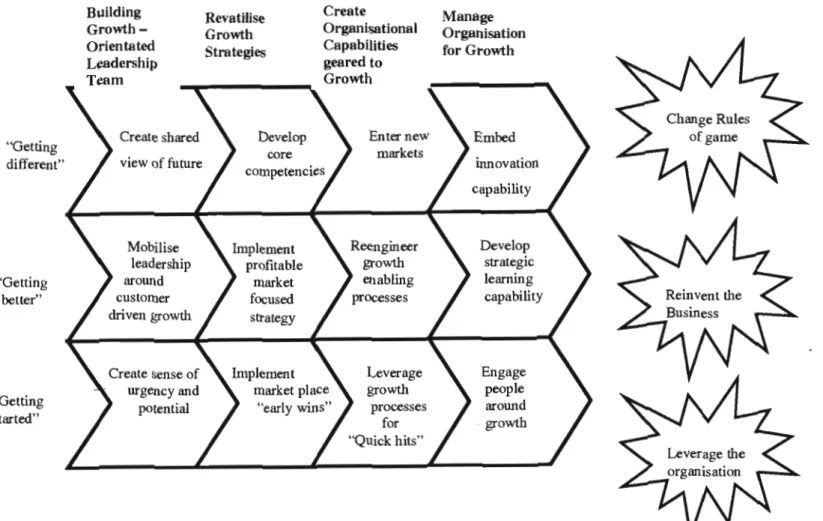
Develop marketing communication and collateral materials
One of the main requirements of this would be for BMOM to undergo a complete information technology overhaul that would see the agency adopt the use of modem equipment such as computers and networks. In addition to infrastructural changes, personnel should undergo relevant training programs to enable them to get the most out of the technology.
Mobilise and train the sales force
Launch image advertising
- Balanced Scorecard (BSC)
- The Future of Ogilvy and Mather Zimbabwe
- Summary and Conclusion
- Opportunities for Further Research
In monitoring the success of the growth strategy, growth in financial performance metrics should be compared to the performance of the other three quadrants. If the progress is not horizontal, this is an indication of the danger to the sustainability of the growth strategy. Management needs to accept that there are lessons to be learned from the merger. This is particularly important if the group maintains its current mindset that in order to maintain the group's market dominance, they must acquire all competing agencies in the country.
If you do not understand what is required of you in any part of the questionnaire, please do not hesitate to ask for clarification.
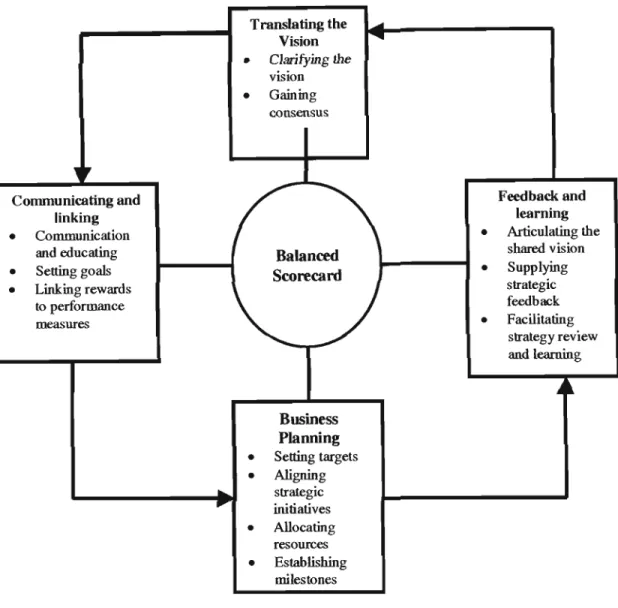
GENERAL INFORMATION 1. Which agency did you belong to in September 2001 ?
CHANGE MANAGEMENT
CULTURE
Made by the people on the spot who are close to the problem and have the appropriate task to drive out. b.). Made after considerable discussion and.with the consensus of all concerned regardless of their position in the organizational hierarchy. c.). Yes always. b.) Sometimes but rarely c.). 3.Is your input ever sought on important issues concerning the agency? . a.).
Are you aware of any plans that are in place for you in the organization? . one.).
CULTURE
LEADERSHIP

